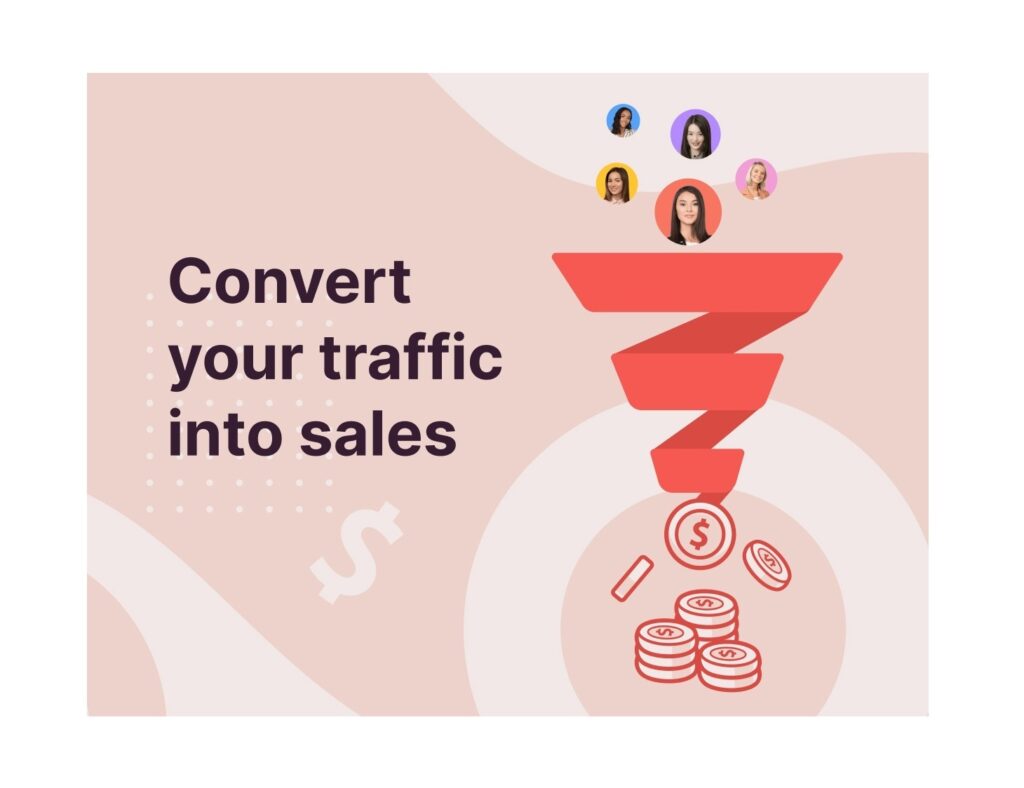How to Convert Web Traffic to Leads & Sales in the Manufacturing Industry? Linquip’s Digital Marketing Team will describe this important matter in this post. As the major goal of their online strategy, many firms are concentrating on growing website traffic. This, without a doubt, must be part of the ultimate aim. Massive internet traffic with no conversions will not benefit you, just as a business in a high-traffic location with no one entering would not be successful. You must learn how to convert web traffic into potential customers and devoted fans of your brand in order to make your website traffic lucrative for your business.
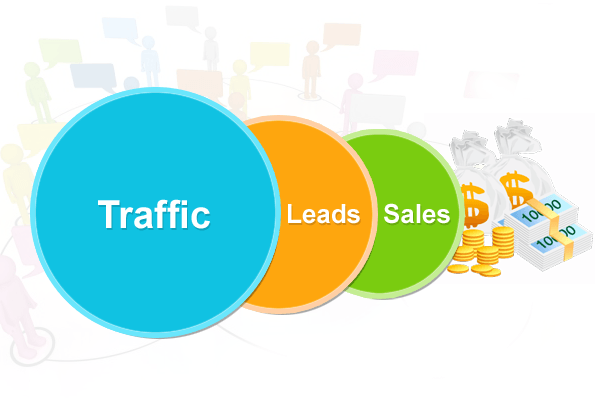
Are you ready to improve the performance of your website? As we’ve discussed in other posts, improving your website requires a combination of content marketing, SEO, and advertising initiatives. If you’ve been following along with our Manufacturing Leader’s Step by Step Guide series, you’ve already learned how to create a strong digital presence, drive traffic to your website, convert web traffic to leads, and communicate with your contacts. Marketing automation and website testing are the next critical components of expanding your company’s market presence.
Attract the Right Visitors to Your Website to Generate Leads
Clearly, traffic isn’t the only factor. Just because someone visits your website doesn’t ensure they’ll buy from you. The distinction between traffic and leads is that leads are visitors who have the potential to convert into customers. It’s crucial to know what type of traffic you’re getting in this regard.
To separate traffic from genuine human beings while examining your website’s data, you must first exclude visits from robots. Then you can filter out those who are obviously uninterested in your business. If you exclusively do business in a certain geographic region, any visitors who arrive from outside of that area are unlikely to become customers. You may also use language to filter out traffic that isn’t likely to be of high quality.
After you’ve eliminated blatantly irrelevant traffic, you’re left with a set of visitors that have the potential to convert. These may be thought of as your leads. However, in order to turn these leads into purchases, you must ensure that your website clearly and readily allows users to do the particular action you desire.
What Is a Website Conversion & How to Convert Web Traffic?
Many people consider a conversion to be just a visit that results in a sale. In reality, depending on your company’s aims and objectives, the conversion might be characterized in a variety of ways. Website conversion can be a visit that results in you receiving a phone call or an email, a proposal is given to you or nearly any other desired action made by the visitor.
The entire number of transactions, phone calls, emails, or proposals divided by the total number of leads is your conversion rate (real website visits by potential customers). For instance, if you have a page on your website where users may request an online brochure, you can measure the number of visitors and brochure downloads to determine the conversion rate. If your conversion rate is poor, you may need to tweak your headlines, button designs, or other elements that are preventing visitors from performing the action you want.
Getting More Traffic to Your Website
Your online strategy must focus not just on boosting overall website traffic, but also on increasing the appropriate sort of traffic, which is the number of visits from genuine individuals who appear to have the potential to become customers for your company.
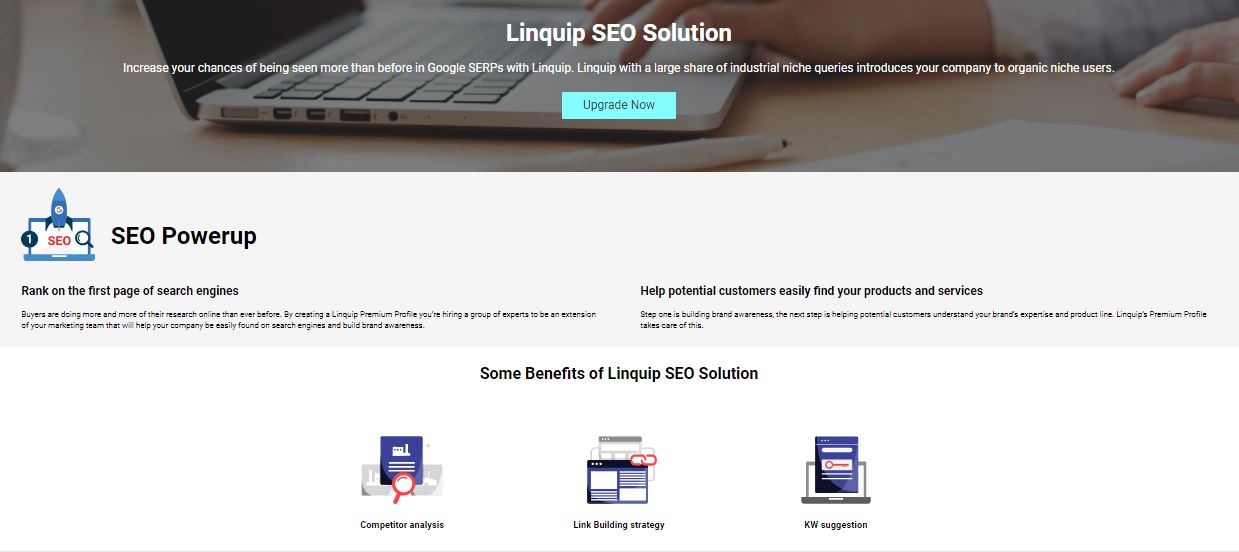
SEO or search engine optimization tactics and internet marketing initiatives such as pay-per-click advertising can help with this. These strategies can help you become more visible to those who are looking for or interested in your products and services.
Best Ways to Convert Web Traffic into Lead & Sales
A good digital marketing plan may help you attract more visitors to your website. However, increased traffic does not always equate to money. Once you’ve gotten customers to your site, you need to provide them with a reason to complete their transaction.
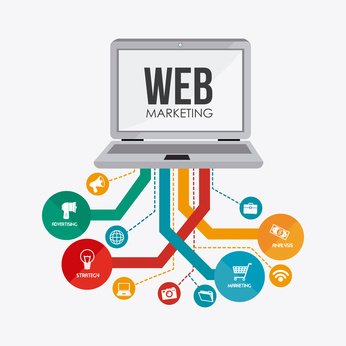
We asked some of Linquip’s web experts how they maximize and turn online traffic into actual revenue to assist you with this. The greatest advice and insights from them are included here.
Create An Email List
You want to be able to engage with potential customers and move them down the sales funnel once you have visitors on your website. The ideal strategy is to have a well-thought-out email marketing strategy. We build a highly desired lead magnet that addresses an issue that your target audience is likely to face to persuade them to sign up for our email list. Once you’ve gotten their email address, send them a welcome series of emails that will help them get to know, like, and trust your company. In this stage, providing as much value as possible is critical. They will be more likely to convert if you give them a sales opportunity in the future.
Testing Examples for Increased Conversions
What will set your website apart from the next one your customers visit? A lot of it has to do with how your website appears, works and is administered. Instead of approaching website design and development traditionally, when you construct it once and leave it alone for a time, consider your website as a machine on your shop floor. For peak performance, it must be fine-tuned, calibrated, and optimized regularly.
The goal of A/B testing and data analytics is to continually improve the performance of a website. Your website isn’t aging gracefully if it isn’t improving every day and increasing conversions.
A System in Place to Track Conversions
You’ll need a system in place to measure actual outcomes if you want to be sure your traffic and paid advertising efforts are paying off. Placing a conversion monitoring pixel on your confirmation page is one of the simplest and most efficient methods.
This allows you to know what traffic is producing leads and where they are coming from. The more accurate your tracking is, the better your campaign optimization and ROI possibilities will be. Another suggestion is to begin experimenting with landing pages and split testing different demographic targeting choices. There’s no reason you shouldn’t know how your advertising and paid marketing are converting now that you have all of these KPIs and conversion monitoring in place.
Build Fantastic Gated Content
Many clients are unlikely to buy something from you on their first visit to your website. The key to success is to get them to return, and the ideal method to do so is to obtain their contact information by providing valuable gated material in exchange for their email address. Then you’ll need a decent nurture campaign to follow up with them and persuade them to visit your site frequently.
Tiered-Value Offerings to Capture All Buying Stages
When visitors come to your website, not all of them are ready to buy. Offer material that represents various levels of interest to capture the maximum value. For example, if your clients are large businesses that require a lot of training up front, you could utilize a blog article about a hot topic to grab leads who haven’t yet identified a need for your product.
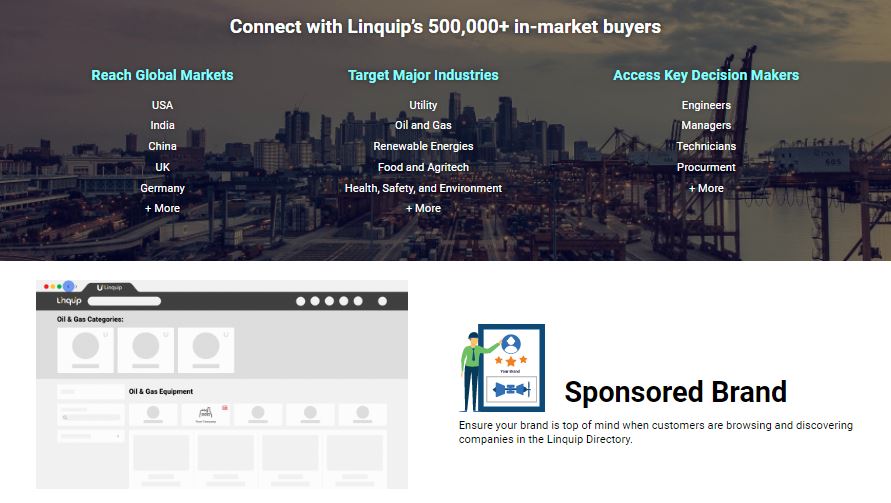
Use a case study to attract in-market buyers who are actively assessing their alternatives, or offer a use case paper to capture prospects who want to better understand the scope of your product. In order to drive leads along the sales funnel and eventually convert them into paying customers, it’s also critical to establish lead nurturing campaigns with specialized content for the various phases described.
Try Multiple Channels
People are creatures of habit; therefore Linquip frequently reverts to approaches or ideas that have previously worked for us. However, when it comes to new firms or products, it’s a good idea to experiment with fresh marketing or sales methods. For example, if your first product was a low-cost impulse purchase consumer goods item, but your second product is a higher-priced, B2B-targeted item with a longer buying cycle. Facebook advertisements may not be effective for the later product, but direct sales, LinkedIn advertising, or reseller relationships may be more effective.
Implementing Marketing Automation
In this step-by-step approach to convert web traffic to leads, Linquip’s digital marketing team presents how marketing automation may help with email nurturing campaigns. However, “marketing automation” refers to any technology that allows you to automate more than simply emails, such as identifying warm prospects and scheduling social network postings. Triggers in the program can support your marketing and sales efforts by enrolling users in new nurturing paths that can lead them through their research and sourcing process. They are used by marketers and salespeople to gain significant information about leads and their motives.
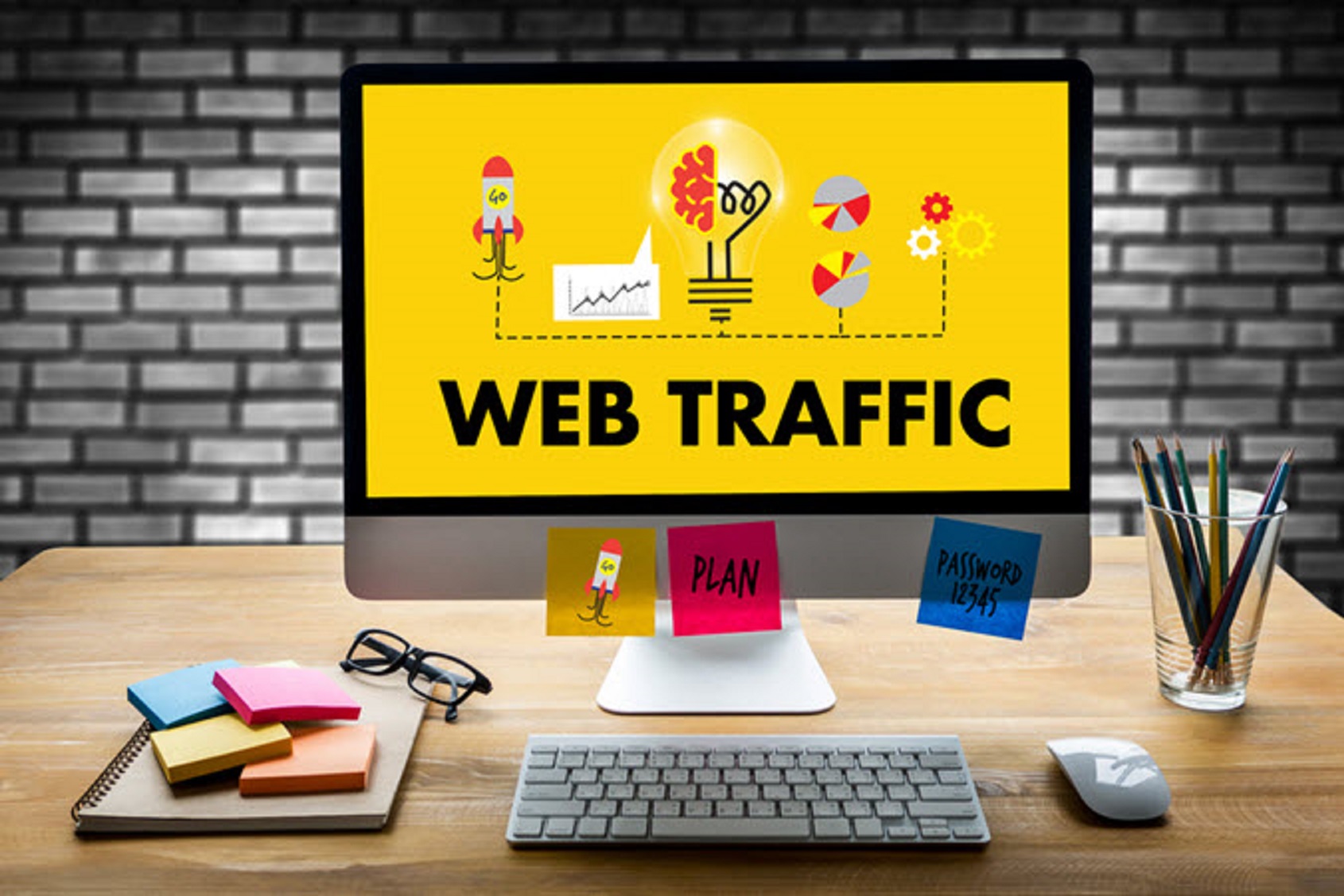
Customer relationship management (CRM) is a similar but not interchangeable tool that aids in the management of sales funnels. In a nutshell, marketing automation and CRM software monitor potential prospects throughout their contacts with your business. They can tell you which pages they visited, how long they spent on each page, how many of your emails they read, and much more. In an ideal world, you’d use a platform that provides all of these advantages. Knowing what a lead is interested in and how strong that interest is may help you create more effective presentations and make the sales process run more smoothly.
Check Your Bounce Rate
When we execute a campaign, we track a lot of data. Your bounce rate is an important number to consider when it comes to conversion. You can run a fantastic marketing campaign that attracts millions of visitors but converts at less than 0.001%. Bounce rates beyond a certain threshold indicate that your content or landing page isn’t convincing enough to convert the transaction. Examine the tone of your writing. Change it if it isn’t in line with the rest of your campaign. Look over the copywriting. Change it if it doesn’t encourage your friends to join.
Remove Perceived Risk
Reducing your consumers’ perceived risk is a common way to increase conversions on your website. “What is keeping my website visitor from becoming a customer?” you must ask yourself. Uncertainty is most likely the cause. They are unlikely to buy your goods if they are doubtful about it or feel it is too hazardous.
Offering a guarantee is one of the most effective methods we’ve discovered to eliminate consumer barriers and decrease customer risk. A risk-free guarantee and a simple return procedure remove customer doubt and any perceived risk associated with your goods. Customers may buy with confidence, knowing that they can always return it if they aren’t happy. Reducing client doubt will result in more visitors purchasing your items, improving your conversions.
Focus On Conversion Rate Optimization
Getting people to visit your website is merely the first step. It’s a completely different beast to get them to convert web traffic or turn into money. Two tactics have shown to be quite effective. The first is A/B testing, which allows us to constantly improve our ads and landing pages.
The information you’ll get from A/B tests can help you improve your site’s performance. The second phase entails increasing conversion rates (CRO). Conversion rate optimization is the act of improving your website’s conversion rate by altering the user experience, content, design, or entire procedure. CRO and A/B testing may help you enhance your conversion rates on your website or campaign considerably.
Implementing A/B Tests
Manufacturing businesses create leads by supplying information that industrial customers are looking for before making a purchase. A “conversion” is what happens when those leads transform into sales. You’ll get insight into source monitoring (used to segment viewers based on how they found your website), user personalization (the procedure of curating personalized content based on what’s known about a given user), resource downloads, and click maps with the correct marketing automation and CRM platform.
You’ll be able to use a wide range of strategically crucial methods and testing to boost your conversions after that. You may develop customized A/B tests to help you accomplish your business goals by optimizing messaging, formatting, and the entire online experience. Whether your aim is to promote a product launch, increase RFQs, or increase general brand recognition, the A/B testing method develops two copies of digital marketing assets — emails, web pages, display advertisements, and so on — to see which version works better.
Conversion rate optimization (CRO) and growth-driven design (GDD) are two testing methodologies. They both emphasize the significance of testing any changes you make to your online initiatives to ensure that they speak effectively to users and can direct them to the most relevant information for their individual requirements. The methodologies for planning and executing CRO and GDD tests differ somewhat.
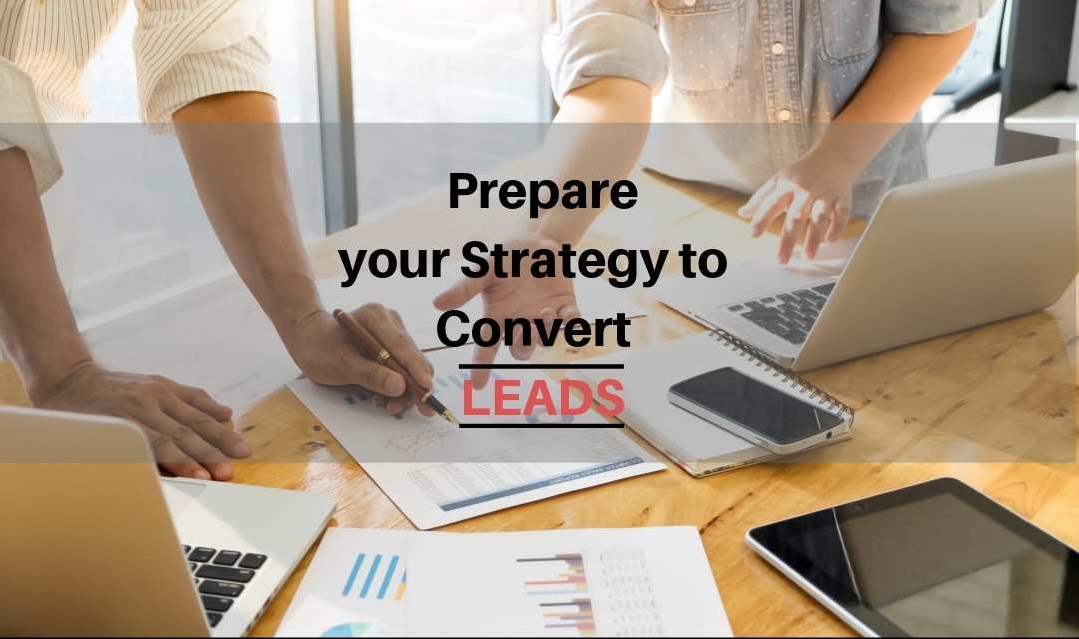
The term “conversion rate optimization” (CRO) refers to best practices for increasing the percentage of leads that convert to sales. CRO focuses on creating action-oriented sites, such as eBook downloads, quotation requests, and any other resource that requires a visitor to enter their contact information to get access. The purpose of conversion rate optimization is to transform anonymous site users into sales-qualified prospects.
GDD, on the other hand, refers to a methodical approach to website design that emphasizes effect and shortens launch times. It entails ongoing study and testing to acquire insight into site users’ behaviors, enabling continual changes depending on what is learned. Because the information gathered about visitors is used to develop marketing and sales tactics, GDD necessitates close collaboration with marketing and sales departments.
Both strategies include experiments, but the conclusion for manufacturers is that when selecting how to enhance your website, boost conversions, and improve your sales and marketing operations, it’s critical to depend on data as much as possible.
Customer-Resonant Content and Images
The greatest method to convert web traffic into purchases is to write content and develop visuals that resonate with your target audiences (on your website, blog, newsletters, etc.). You may find this out by conducting some research on the problems that your target audience is experiencing. In your sales funnel, creating an emotional connection with your audience will show them that you understand their issues and offer a product or service that will assist them to solve them.
Build A Thoughtful Funnel
In the case of pricey products or services, converting traffic at the top of the funnel is practically difficult. Instead, think about what it would take to convert a cold traffic source into a happy customer. Techniques include things like e-books, email courses, webinars, and free consultations. Warming up leads and establishing trust takes several phases, and consistently offering value will result in a greater conversion rate. For optimum results, combine free content and extra insights with retargeting and external traffic acquisition, but don’t push for a sale too soon when it comes to top-of-the-funnel traffic.
Finding a Manufacturing-Specific Full-Service Marketing Partner
Following the measures above will put you ahead of the competition and provide your clients with a pleasant experience. You should now be prepared to run tests on your website to maximize the return on your marketing spending. However, Linquip’s experts recognize that each activity may become more difficult and time-consuming than you anticipated.
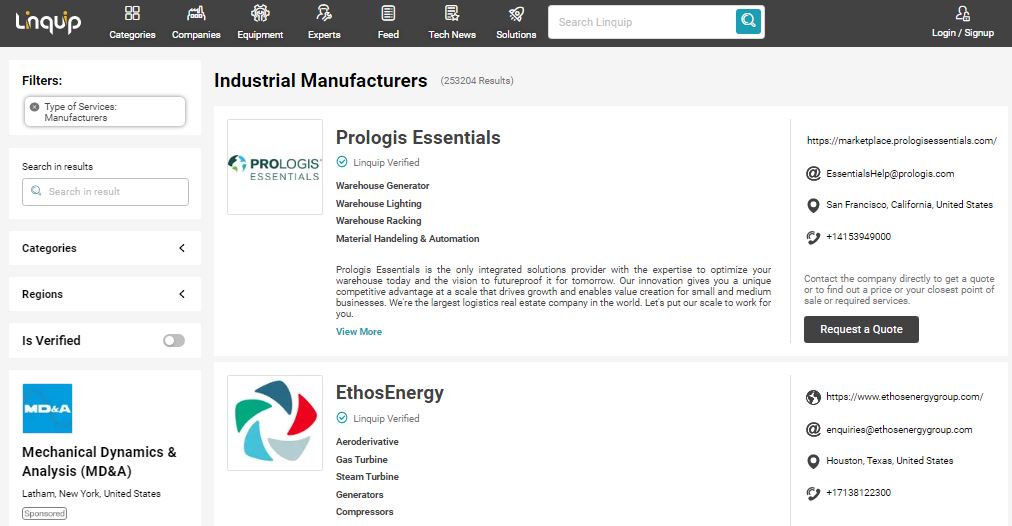
Failure to stay up with marketing technology and ever-changing best practices is one of the hazards for sellers in the industrial and manufacturing area. Many companies think about employing a freelancer, an agency, or a full-time marketing professional to assist them. (In our blog, Linquip’s experts go over the advantages and disadvantages of each.) Manufacturers and industries have used our marketing services to achieve their business objectives, raise RFQs, and enter new markets.
Convert Web Traffic into More Leads and Sales
Obtaining additional leads is only half of the battle. If people visit your site but don’t convert, all of your hard work and money has been wasted. As a result, it’s a smart idea to start by having an expert digital marketing business do a complete audit and study of your present website.
They will be able to provide comments and recommendations on how to improve the conversion rate of your website. At the end of the day, adopting an online approach that isn’t exclusively focused on growing the number of visitors is your best bet for enhancing the overall performance of your website. Instead, focus on increasing the number of qualified visitors to your website and implementing procedures that will boost the possibility of them becoming customers.
Let’s talk about how we can convert web traffic into more leads and sales by contacting Linquip’s digital marketing team.
Read More on Linquip
- How to Plan the B2B Product Launch? {Ultimate Guide}
- Linquip B2B Marketing Strategies for Improved Conversion Rates
- How Linquip Can Convert Industrial Users to Sales?
- Niche Marketing for Industry and Manufacturing Companies
- Email Marketing for Manufacturers [Ultimate Guide]
- SEO for Industrial Distributors {Ultimate Guide}
- 7 SEO Tips for Industrial Companies and Suppliers
- What is Industrial Advertising?
- SEO Tips for Manufacturing Platforms
- Guest Post for Industry Niche
- PPC and SEM Campaign Management Services for Manufacturers
- Content Marketing Services for Manufacturing Companies
- Manufacturing Marketing Strategies
- Lead Generation for Manufacturers

